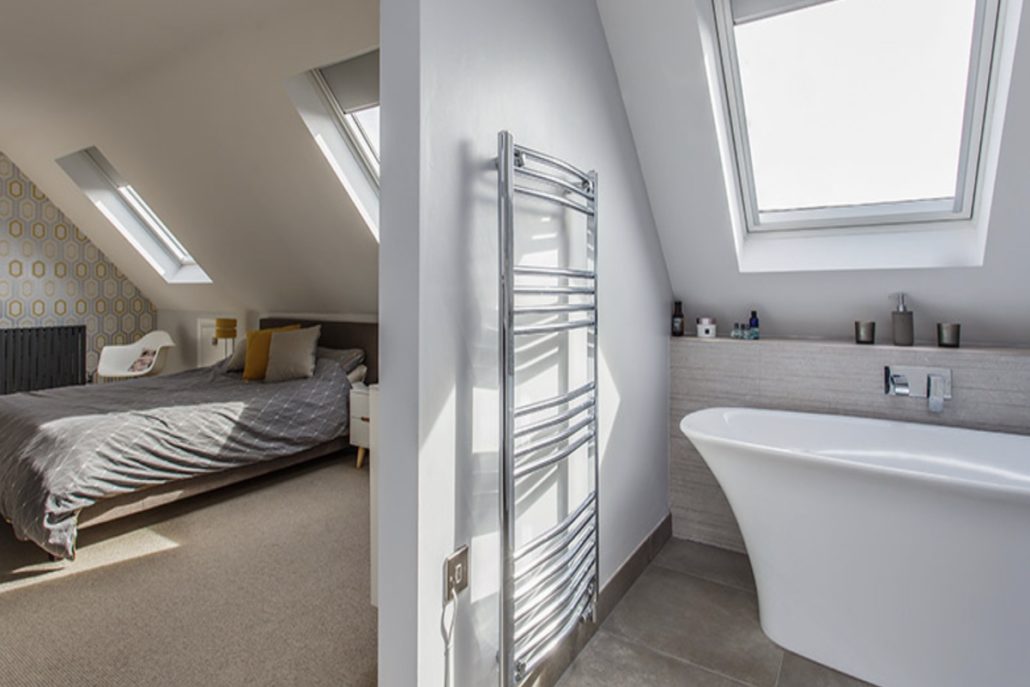A hip to gable loft conversion is one of the most popular loft conversion options for homeowners in the UK. It is particularly beneficial for people who have detached and semi-detached houses with a hip roof. Bear in mind that a hipped roof has a loping side and slopes at your home’s front and back.
Besides, a hip to gable loft conversion requires you to build the side slope’s bottom vertically and extend the ridge. Remember, extending the ridge is essential for creating a gable end. The purpose is to increase the loft space and install a new staircase. The hip to gable loft has a unique design that increased your home value.
If you have a mid-terraced house, it is wise to avoid this type of loft conversion. The reason is that these houses don’t have a hip-end roof. Today’s article will discuss a hip to gable loft conversion, benefits, finish options, and costs. Read on!
What are the Advantages of a Hip to Gable Conversion
Hip to gable is a popular option for people with detached or semi-detached homes. However, if you don’t have a hipped roof, you can carry out this type of loft conversion. A hip to gable loft conversion allows you to create a suitable space by pushing out the side-sloped roof.
In addition, you can also combine a hip to gable loft conversion with L-shaped and rear dormer loft conversions. The purpose is to maximize the potential of your property and increase its resale value.
Are there any Exterior Finish Options?
There are many exterior finish options for a hip to gable loft conversion. These include tile-hung, slate-hung, cladded, and rendered finishes. Make sure you hire a professional loft conversion company to choose the best option. For example, if you select a tile or slate, make sure it matches the existing roof.
On the other hand, if you wish to choose a rendered or cladded finish, make sure you choose a company with skilled plasters to create different render designs. That way, you can match a rendered design with the existing one.
Besides, some homeowners want brick-based finishes, and if you do the same, make sure the finish matches with the existing brickwork. Moreover, a professional contractor can get the job done accurately and match existing finishes with soffits, fascia, gutter, and windows. You can make the hip to gable loft conversion look like a part of your home.
Does it require Planning Permission?
You need a certificate of lawfulness to carrying out a hip to gable loft conversion project. You will also need development rights for your property. When you have the certificate, you won’t need the application approval because you already follow the council’s guidelines.
On the other hand, if you don’t have a permitted development right for your property, you will need planning permission. However, you can’t begin the project until the authorities approve and permit you. Once the council approves or validates your planning application, it will allow you to start working on the project within eight weeks.
How much does a Hip to Gable Loft Conversion Cost?
Research shows that a hip to gable loft conversion in the UK has an average cost between £42,000 and £50,000. However, the actual cost depends on a wide range of factors, including the type of material you want to use, the type of accessories you want to install, plumbing, heating, electrics, and other elements. If you are looking for more information or have any questions about your potential UK loft extension then please get in touch.

